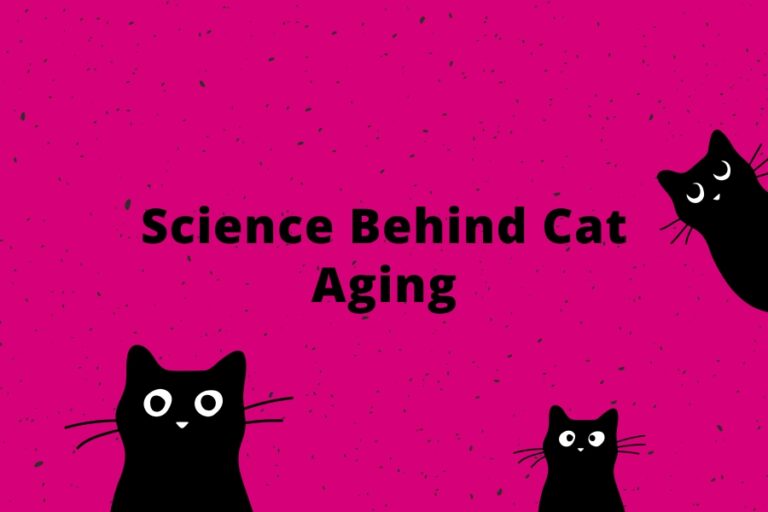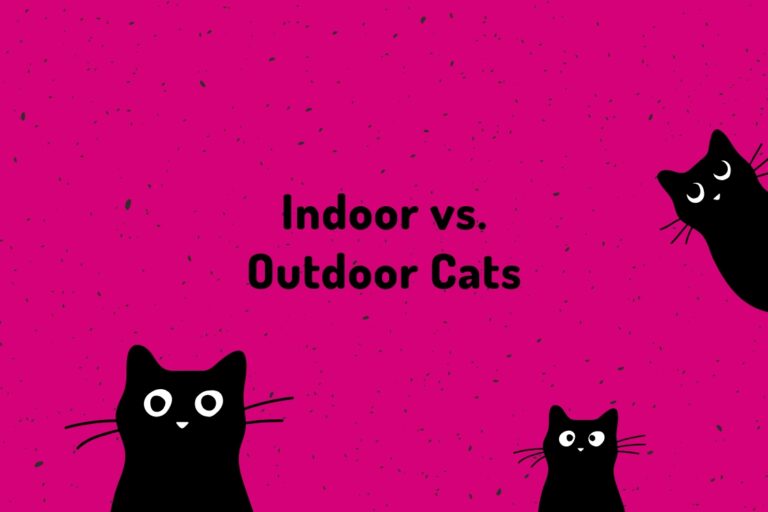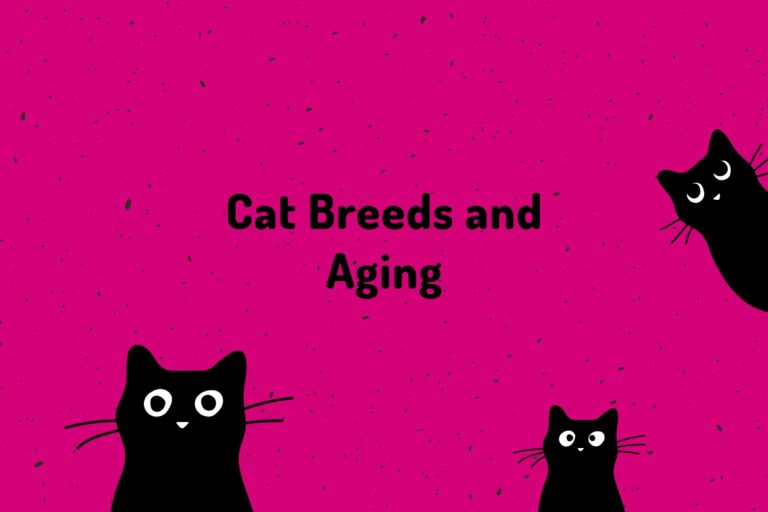How to Tell Your Cat’s Age: Physical and Behavioral Clues
Cats can be so mysterious that if you’ve ever adopted or found a stray, you might wonder, How old is my cat? The age of your cat matters because the right care, the right diet, and the right medical attention depend on it. While a veterinarian can give you the most accurate estimate, there are quite a number of physical and behavioral clues that identify whether your feline friend is a playful kitten, sprightly adult, or wise senior. Using a Cat Years To Human Years Calculator can also help you translate your cat’s age into human terms, providing a clearer understanding of their life stage. In this guide, we will discover how you can estimate a cat’s age through observable traits and behaviors.
Why Knowing Your Cat’s Age Is Important
Learning how old your cat is not just one really satisfying answer to the question “How old is my pet?” but also much more importantly, in providing relevant care at this particular life stage. That is, kittens, adults, and senior cats have very different dietary requirements as well as activity and health-related concerns specific to their ages. Once you identify the age of your cat, it will help ensure a happy and healthy life.
Physical Clues to Callow Your Cat’s Age
Every cat undergoes very distinct physical changes while aging. Here’s how you can use those changes to guess their age:
1. Check Your Cat’s Teeth
Teeth are the best surety indicators common with all cats on the age perspective. Here’s what to check for:
- Kittens (0-6 months): Baby teeth start to appear at 2-4 weeks and are replaced later with permanent teeth by 6 months.
- Young Adults (1-2 years): Teeth are white, shiny, and less worn.
- Adults (3-6 years): Important yellowing/tartar build-up can appear.
- Seniors (7+ years): They’re marked by little teeth turning as well as an onslaught of tartar.
2. Observing Your Cat’s Fur
Indeed, fur can tell much about age:
- Kittens: Soft, fluffy fur bright in color.
- Adults: Smooth, thick, and well-kept fur.
- Seniors: Normally thins and coarser fur, possible with gray or white patches.
3. Check Your Cat’s Eyes
It is said that eyes are the windows to a person’s soul; in the case of a cat, the same saying could apply:
- Kittens: Bright, clear eyes without any signs of discharge.
- Adults: Clear-seeming but possibly slightly cloudy as time advances.
- Seniors: Cloudy eyes or exhibit cataracts.
4. Check the Condition and Muscle Tone of Body
Younger cats are muscular nations active, growing older pets may lose muscle mass and appear to be bony, while aging countries tend to have loose skin and sagging bellies.
Behavioral Clues to Give Away Your Cat’s Age
Behavior is another very strong indicator of a cat’s age. Here are the signs:
1. Kittens (0-12 months)
- Highly energetic and playful.
- Very curious and knows how to discover.
- May still be learning coordination and social skills.
2. Adults (1-6 years)
- Balance between low energy and high energy.
- Another characteristic about adults is that they acquire particular habits and routines.
- Their attitude is confident, as well as quite social.
3. Seniors (7+ years)
- Not very active, more likely to sleep than play.
- May be more stiff or seem arthritic.
- May have changes in appetite or litter box routines.
Tips to Find Out Your Cat’s Life Stage
A brief summary to put some order on your cat’s stage:
- Kitten (0-12 months): Small size, baby teeth or new-grown permanent teeth. Playful, curious, and has got a lot of energy.
- Adult (1-6 years): Fully developed body, strong muscle proportion attains a balance between behavior and established routines.
- Senior (7+ years): Signs of aging, such as a bit of gray in the fur, cloudy in the eyes, or tooth problems. Activity has become less or will have associated health issues.
Some FAQs Regarding a Cat’s Age Estimation
Can a vet tell me the accurate age of my cat?
Yes, a veterinarian is likely to give a very precise estimate by checking the teeth, eyes, and overall condition of the cat.
Do indoor and outdoor cats age differently?
Outdoor cats can appear to age faster because of the stress involved in their environment while indoor cats naturally appear to age more gracefully.
How do I know if my cat is a senior?
The telltale signs are graying fur, cloudy eyes, and increasingly behaving in ways showing reduced activity with a bit stiff movement.
Are teeth the only way to know the age of a cat?
Teeth are a good way to show relative susceptibility to: Different diets, environments, and welfare. They are not always 100% accurate.
What should I do if I am uncertain about how old my cat is?
Take your cat to your vet for a proper evaluation with advice on how to take care of it based on the age.
Conclusion
You don’t need a degree in feline science to guess your cat’s age, just a good eye. By observing the physical traits: teeth, fur, eyes, and muscle tone, their behavior, you can make a good guess at whether your cat is a kitten, adult, or senior. Remember, however, that although all these clues will help you a lot, a veterinarian is your best bet against such circumstances and will definitely be able to inform you on the best possible care for your furry friend.
Whether caring for a sprightly kitten or a dignified elder, understanding your cat’s age ensures that all receive the love, attention, and care they deserve at every stage of their lives.







